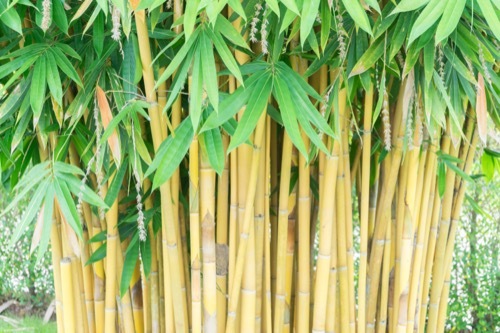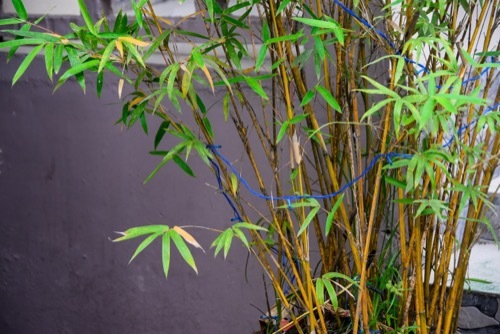What Do I Need to Know to Find Bamboo?
Where am I Likely to Find Bamboo?

The types of bamboo that thrive in the United States are most often found in the eastern to southeastern states. Bamboo clumps or groves may be found as far north as New Jersey, down to Florida, and as far west as Texas.
Bamboo can take root in a variety of areas, including fully wooded areas where an established clump of bamboo can begin to compete with other existing vegetation for nutrients and water.
Bamboo plants grow best in rich, fertile soil of a loamy makeup, usually consisting of sand and clay plus other organic matter. A soil pH level between 6.0 and 7.0 is most attractive to bamboo. These plants are often quite hardy and can survive in other less hospitable soil types, as long as there is adequate drainage to prevent waterlogged roots.
You are most likely to find bamboo thriving in areas with ample daytime sunlight. Most bamboo varieties prefer bright direct or indirect sunlight for many hours of the day. Bamboo can grow and survive in shaded areas, but growth will be slower.
When Does New Bamboo Appear?

New "clumping bamboo"--which produces shoots that grow upwards--generally appears in the springtime. New shoots will continue to appear in established bamboo growth areas each spring unless control methods are implemented. Bamboo plants only grow for 60 days in the spring, after which they will maintain the thickness and height they have reached during that time.
"Running bamboo"--varieties which spread by use of rhizome roots above or below the surface of the soil--do most of their growing through the summer and into the fall. These varieties are more likely to be considered invasive as they easily cross property lines or landscaping boundaries.


